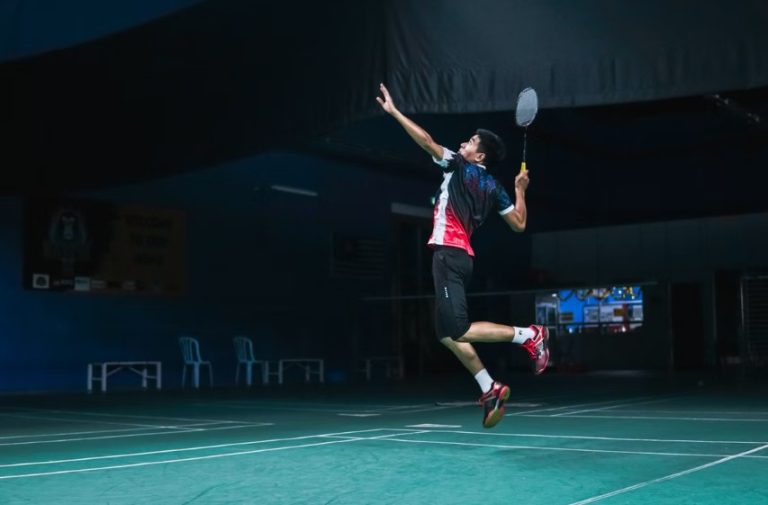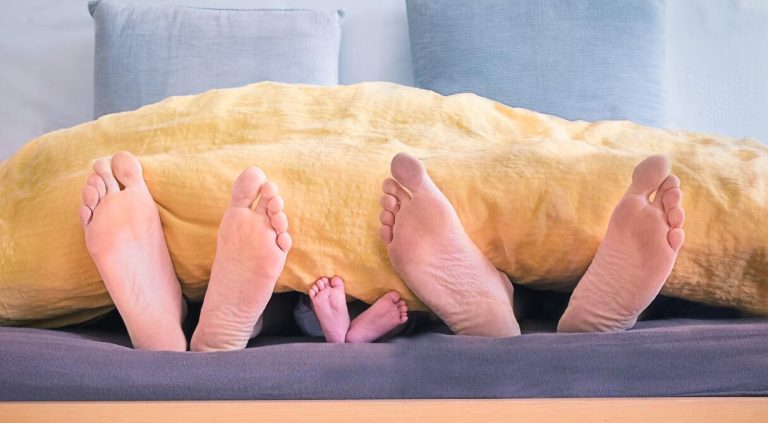16 Ways Help You Fix Flat Feet
Flat feet are a common condition that affects many people. It is a deformity where the arch in your foot has collapsed or is very low. This can cause pain, discomfort and even damage to your body over time. Fortunately, there are several ways that you can fix flat feet and relieve your symptoms so you can get back to living your best life!
1.Wear shoes that fit properly.
- Wearing shoes that are too tight can cause pain and discomfort, while wearing them loose will make your feet slide around inside of them. If you’re unsure whether the shoe is sized correctly, find a shoe store where they have knowledgeable staff and ask them for advice on how to find a pair that fits correctly.
2.Try an arch-supporting foot massage.
Massage can help relieve pain and stress, which can help improve your overall foot health. It’s also a great way to stimulate blood flow, which is important for preventing or treating many foot problems.
To massage your arches, place a tennis ball underneath one arch of each foot and step on it with the other foot for 30 seconds. Then switch feet and repeat for another 30 seconds. You can also use a golf ball or rolling pin instead of a tennis ball if you want more pressure in the arch area. Another option is to roll your soles over the golf ball while lying down so that you don’t put any weight on them while doing this exercise!
3.Perform Calf Raises.
When performing calf raises, it is important to ensure that your body is aligned properly:
- Keep your back straight and shoulders back.
- Keep your knees slightly bent.
- Keep the weight of your body over the balls of your feet (not on the heels).
Next, perform 10 repetitions of each exercise before moving onto another set:
- One-legged Calf Raise (10 reps)
- Standing Calf Raise (10 reps)
4.Try standing knee-to-wall pose.
Try standing knee-to-wall pose. This is a simple yoga pose that can help relieve the pain of flat feet and strengthen the muscles in your feet, ankles and calves.
Stand with your back against the wall, then lift your left leg straight up while keeping it relaxed. Next bring your right knee to your chest and hold for 30 seconds before switching sides. Repeat this twice daily.
5.Try an Exercise Band Routine.
If you have flat feet, it can be difficult to find exercises that strengthen your muscles without also putting stress on your arches. One of the best solutions is to use a resistance band. Resistance bands are long strips of latex or rubber that offer variable resistance depending on where they’re stretched—the more they’re stretched, the harder they are to move.
To use a resistance band properly during exercise:
- Choose a light band if you’ve never used one before and want to warm up your muscles first
- Choose a heavier band if you’re trying to build muscle mass or burn fat
6.Try a Toe-Lift Brace.
If you want to improve the shape and function of your feet, a Toe-Lift Brace can be a convenient alternative to orthotics. It’s an arch support device that provides extra lift and helps to correct the foot’s shape, making it easier for you to stand up straight.
This brace is made out of a soft, flexible material that contours around your toes and gives each one more room in which to move. This added space makes it easier for you to walk naturally without causing pain in other parts of your body—like knees or hips—because there’s more room for them to bend!
7.Physical therapy
Physical therapy can help you determine whether you have flat feet and if so, how severe the condition is. A physical therapist will evaluate your walking pattern, strength and flexibility to determine if there are any problems with your muscles or tendons that may be contributing to imbalance and pain.
If you do have flat feet, a physical therapist can provide exercises to strengthen the muscles surrounding the supporting joints in order to improve foot stability and alignment.
8.Perform the ankle stretch.
The ankle stretch is a simple exercise that can be performed at any time. Here’s how you do it:
- Stand up straight, with your feet together.
- Raise your arms above your head, and lean forward so that they are outstretched in front of you (you should be able to reach them with an extended hand).
- Slowly lower your arms to the sides until they’re hanging at shoulder height; then take another step forward until they are parallel to the ground, hands still reaching towards each other as far as possible without bending over too much (which may cause discomfort). This will stretch both ankles and calves simultaneously.
- Hold this position for as long as comfortable; then repeat 10 times every day until flat feet don’t bother you anymore!
9.Try a standing leg curl.
Standing leg curls are a great way to target the hamstrings, which are often underused in people with flat feet. Stand up with your feet shoulder-width apart and lift one leg off the ground. Bend that leg at the knee so that you can bring your heel toward your butt—don’t let it touch or go over! Hold this position for five seconds before repeating with the other foot. This exercise is great because it’s simple and easy to do anywhere, anytime (you could even do it while watching TV).
10.Do a calf raise exercise.
To do this exercise, you’ll need to stand in front of a step or platform that is about 6-8 inches (15-20 cm) high.
- Place your feet shoulder width apart and make sure that your toes are pointing forward.
- Raise your heels off the floor so that you are standing on the balls of your feet with knees straight. Make sure not to lock your knees as this may cause injury. Your back should be straight and not rounded forward; keep a firm grip on something if necessary so that you can maintain good posture during this exercise.
11.Try a standing leg curl.
You might be able to get away with not doing any leg exercises for a long time, but you’ll still need to do something if you want to fix your flat feet.
The standing leg curl is one of the best exercises for your hamstrings and calves. It’s also really easy to do anywhere—you don’t even need any equipment! You just stand up straight on a leg that’s no longer than it would normally be in flat-footed position, lift your other foot behind you, holding onto a wall if needed, then flex the foot until you feel it tighten up as much as possible (this means that this is one of those exercises where it’s okay if you feel some pain). Now hold this position for 10 seconds and lower down slowly before repeating with another set of 10 reps on that same side. Rest 5 minutes and then repeat with the other leg!
12.Do standing hip abduction exercises.
Stand with your feet hip-width apart and your arms at your sides. Keeping your hips facing forward, raise one leg out to the side as high as you can without twisting or turning. Slowly lower it back down to the floor and repeat 10 times on each side. Once you’ve mastered that, try holding a light dumbbell between both hands while doing the exercise—this will increase the intensity further by requiring more stabilization from your body.
When done correctly, this exercise will help strengthen the muscles of your inner thighs (adductors) and glutes, which helps prevent overpronation when running or walking on flat feet. For an extra challenge, try doing squats with an elastic band around each ankle for added resistance!
You should aim for three sets of 15 repetitions every other day before progressing to heavier weights if desired; keep track of how many reps you complete per set so you know if they’re working!
13.Do not wear high heels.
Don’t wear high heels. They’re cute, but they can cause pain in your feet, hips, knees and ankles. When you walk in heels you put more pressure on the ball of your foot than normal. This means that when walking barefoot on hard surfaces (like concrete), your heel will be more likely to strike the ground first – putting excess pressure on the joints.
If you need a shoe with some height then look for one with a lower heel and narrower toe box so there’s less room for movement inside of the shoe as well!
14.Do not smoke.
Smoking is a known risk factor for developing flat feet. Smoking can cause muscular weakness, bone density loss, muscle atrophy, and bone loss. In addition to the physical health concerns of smoking, it also increases your risk of heart disease and cancer.
To avoid these dangers, you should quit smoking as soon as possible if you haven’t already done so. If you must smoke, at least be sure to do so in moderation (no more than five cigarettes per day).
15.Using arch supports
If you’re suffering from foot pain, arch supports are a good place to start. They help by redistributing the weight of your body over an area of the foot that’s more sensitive than others. However, they’re not a cure-all for flat feet.
If you have other health issues (like arthritis), these supports can actually make things worse by adding extra pressure on your joints and muscles. Be sure to consult with a doctor before making any changes to your lifestyle so that you can determine if arch supports are right for you
16.Orthotics devices such as shoe inserts worn inside your shoes.
Orthotic devices are shoe inserts worn inside your shoes. They’re designed to correct the alignment of the foot and ankle. Orthotics can help relieve pain or discomfort caused by flat feet, high arches, or overpronation (when your feet roll inward when you walk).
You can buy orthotics at a drugstore, but they’re often expensive and don’t fit well. You may be better off seeing an orthopedist who specializes in foot problems. A custom pair will cost about $100 but is usually more effective than store-bought models because it’s made for your specific foot type and needs.Looking for budget-friendly choices? Visit our affordable flat feet insoles page.
Final Thought
The good news is that most people who have flat feet can do something about it. All you need is a little determination and some knowledge of what works! You can start by using arch supports in your shoes, which will help keep your feet healthy and strong. If this doesn’t work for you, then try some other methods we’ve covered here like stretching exercises or physical therapy appointments—anything that helps support the arches of your feet will be effective when trying to correct flat feet problems.







